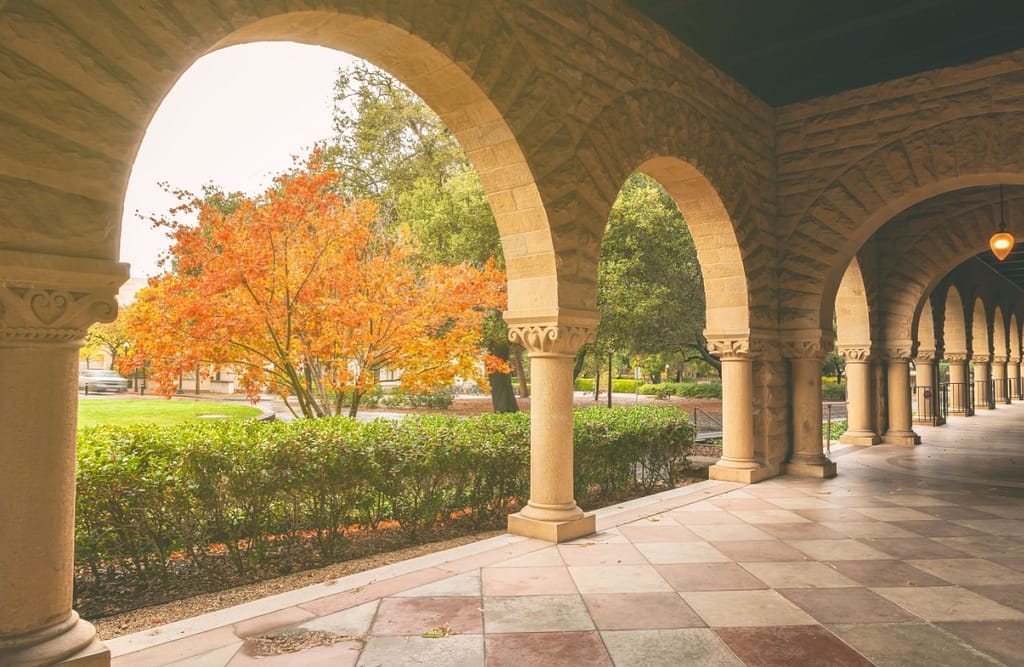A forgotten series of photographs by Ansel Adams—taken at Stanford in 1961—has resurfaced, offering a fresh perspective on one of America’s most iconic photographers. The rediscovered images capture a side of Adams rarely seen: campus architecture, student life, and quiet human moments instead of sweeping wilderness landscapes.

According to SFGATE, Adams was hired by Stanford for a two-month assignment to photograph the campus for its PACE fundraising campaign. The project resulted in dozens of black-and-white images, but many were never published or catalogued in his official archives—until now.
Who Is Ansel Adams?
Ansel Adams (1902–1984) was one of the most influential photographers of the 20th century. Best known for his striking black-and-white landscapes of the American West, particularly Yosemite National Park, Adams helped define modern nature photography.
He was also a pioneering conservationist and a co-founder of Group f/64, a collective that championed sharp focus and rich tonal detail in photography. His technical precision and use of the “Zone System” for exposure control set new standards for photographic excellence.
Though Adams is often remembered for his wilderness work, he also photographed people, architecture, and cultural landmarks throughout his career—making the rediscovery of his Stanford series an important addition to his legacy.
A Rare Glimpse Beyond the Landscape
For decades, Ansel Adams has been defined by his stunning images of Yosemite, the Sierra Nevada, and the American West. These newly surfaced photos show a different story. His Stanford work includes portraits of students and professors, architectural studies, and candid shots of everyday campus life.
Photographer Chris Cappelmann sees this rediscovery as a reminder of the creative range artists often hide in plain sight. Adams is often associated with mountains and mist, but these images reveal his eye for design, humanity, and detail—proof that great photographers can find beauty anywhere.
The Discovery and Its Meaning
The images were unearthed through archival research by journalist Charles Russo, who worked with Stanford’s Special Collections to verify Adams’ authorship. Each photograph displays Adams’ trademark tonal precision and dramatic composition—yet the subject matter feels intimate, grounded, and alive.
For photographers today, this rediscovery serves as inspiration to look beyond the obvious. Not every great shot has to be of a grand landscape. Sometimes, the story lies in quiet moments—faces, hallways, light through a window.
Legacy Reimagined
Adams’ Stanford photos expand how we understand his artistry. They blur the line between commercial assignment and fine art, reminding photographers like Chris Cappelmann that every project—big or small—can reveal something meaningful.
Leave a Reply